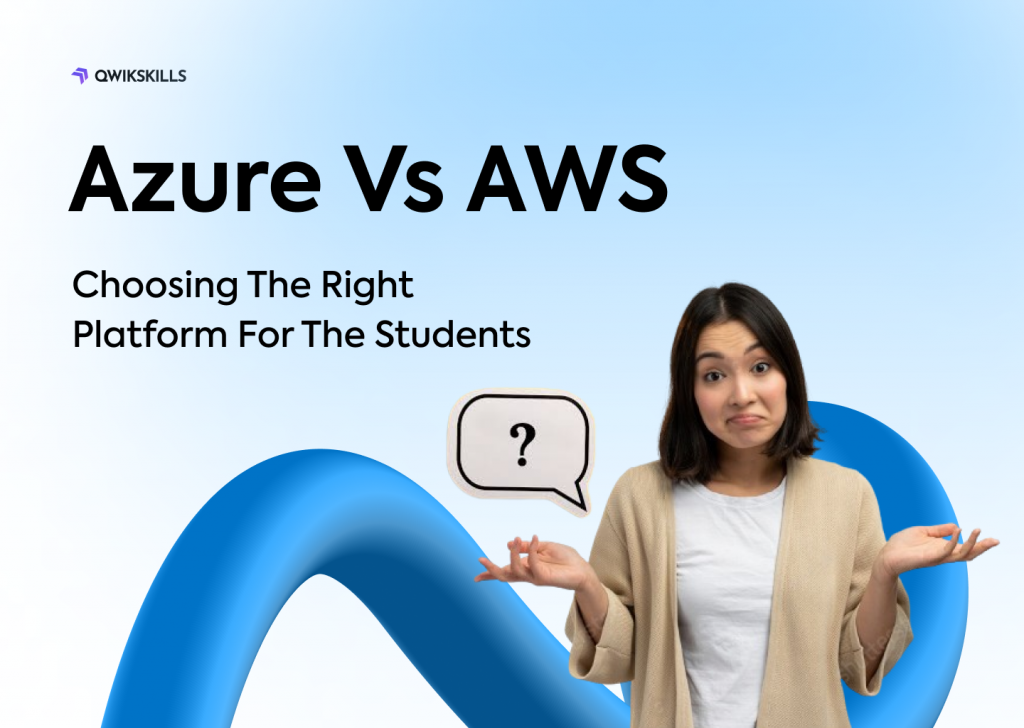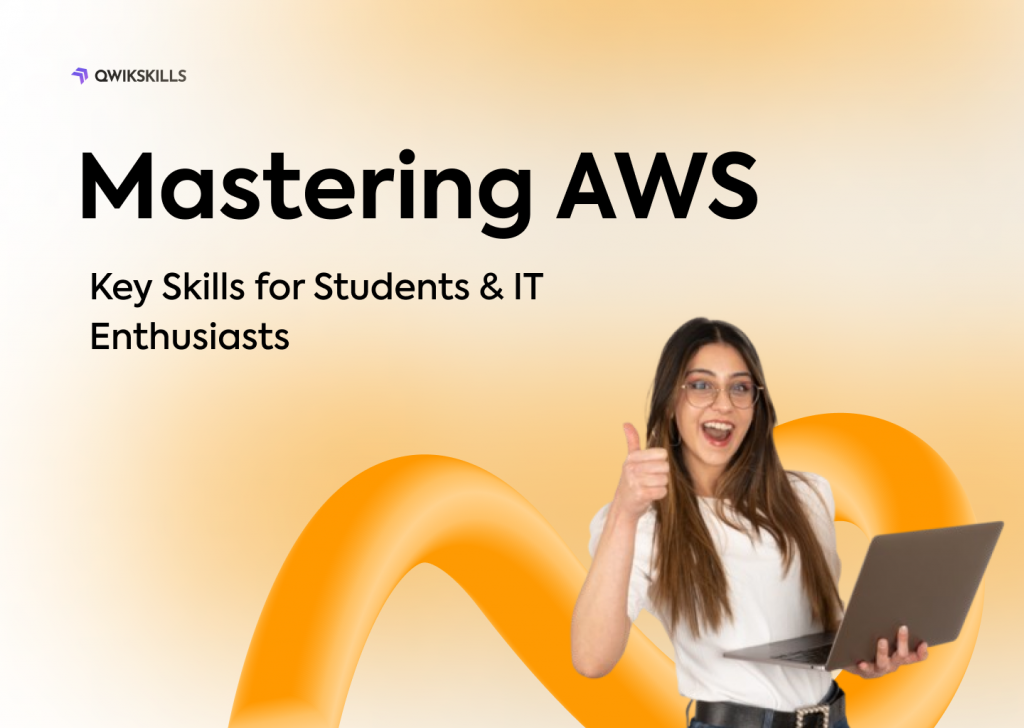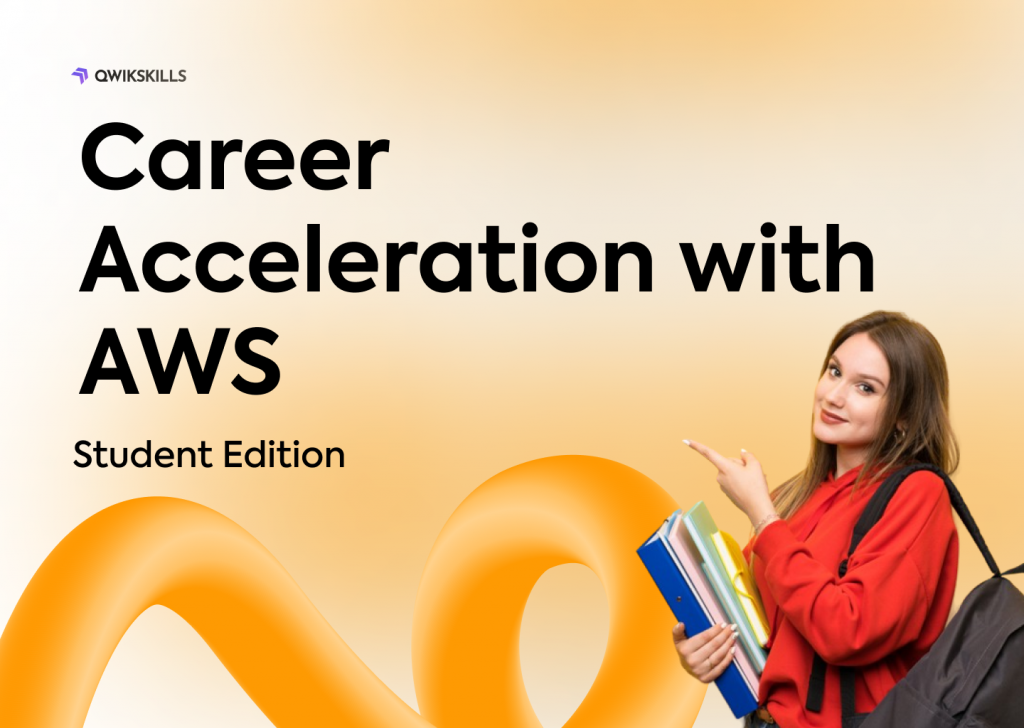AWS is the biggest cloud computing platform globally that offers services to the world’s largest enterprises, started-ups, and leading government agencies. If you are interested in having a job in AWS cloud systems, we have curated the list of the most asked Questions in AWS interviews.
Let’s have a look.
1. What is AWS?
AWS or Amazon Web Service is a comprehensive cloud computing platform developed by Amazon. It is a combination of three different types of cloud services, i.e., Infrastructure as a service (IaaS), Platform as a Service (PaaS), and Software as a Service (SaaS).
Also, AWS is the most widely-used public cloud computing platform globally. It offers services like database management, serverless computing, data warehousing to virtual ground stations for satellite communications to its users, etc.
2. How do you upgrade or downgrade a system with near-zero downtime?
- Start with opening the EC2 console.
- Select Operating System AMI.
- Launch an instance with the new instance type.
- Install all the updates.
- Install the required applications.
- Check the instance if it’s working or not.
- If it is working, deploy the new instance and replace the older one.
- Once the new instance is deployed, you can easily upgrade or downgrade the system with near-zero downtime.
3. What is AMI?
AMI or Amazon Machine Image is a template that offers data such as an operating system, an application server, and applications needed to launch an instance. An AMI includes a template, launch permissions, and a block device for mapping the volumes to be attached to the instance.
4. What is VPC?
Amazon Virtual Private Cloud (VPC) is a service that allows you to launch AWS resources in an isolated visual network and customize your network configuration. It is logically isolated from other networks in the cloud, and you can have your private IP Address range, internet gateways, subnets, and security groups with it.
5. How many buckets can you build in AWS by default?
By default, you can create a maximum of 100 buckets in each of your AWS accounts.
6. What is the difference between the Availability Zones and Region?
AWS regions are different geographical areas such as San Francisco and Beijing. Availability zones, on the other hand, are the areas that exist inside these regions. These zones are usually isolated, and they can replicate whenever needed.
7. How many Elastic IPs are allowed to you by AWS?
You are allowed 5 VPC Elastic IP addresses for each AWS account.
8. Name the Storage Classes available in Amazon S3.
- Amazon S3 Standard
- Amazon S3 Standard-Infrequent Access
- Amazon S3 Reduced Redundancy Storage
- Amazon Glacier
9. What is a T2 instance?
T2 instances are intended to deliver moderate baseline performance. However, they feature the ability to go for higher performance when the workload requires so.
10. What are the types of AMI provided by AWS?
There are two types of AMI provided by AWS:
- Instance store backed
- EBS backed
11. What is AWS Lambda?
AWS Lambda is a serverless computer service that allows you to run codes without managing servers. It also helps in creating workload-aware cluster scaling logic, managing event integrations and runtimes. If you want to run code for any application or backend service without any administration, you can use AWS lambda.
12. What is Amazon EMR?
Amazon EMR is an AWS tool (previously known as Amazon Elastic MapReduce) that helps you process and analyze big data and interpret the operation of data structures before any intimation. It is an expandable and low-configuration service and offers a suitable alternative to on-premises cluster computing.
13. What are the different types of Cloud Services?
There are four types of Cloud services –
- Software as a Service (SaaS)
- Data as a Service (DaaS)
- Platform as a Service (PaaS)
- Infrastructure as a Service (IaaS)
14. What are some of the DB engines which can be used in AWS RDS?
- MS-SQL DB
- MariaDB
- MYSQL DB
- OracleDB
- PostgreDB
15. What is a Stateful and a Stateless Firewall?
A Stateful Firewall keeps the state of the rules fixed and needs you to define only inbound rules. Once those inbound rules are established, this type of firewall automatically lets the outbound traffic flow.
A Stateless Firewall, on the other hand, needs you to set rules for inbound as well as outbound traffic.
16. What is the role of an Elastic Transcoder?
Elastic Transcoder helps you modify a video’s format and resolution to make it available on different types of devices such as tablets, smartphones, and laptops of different resolutions.
17. What are some of the AWS services that are not region-specific?
- IAM
- Route 53
- Web Application Firewall
- CloudFront
18. How can you monitor Amazon VPC?
Amazon VPC is monitored by
- CloudWatch
- VPC Flow Logs
19. Name the various layers of Cloud Architecture in AWS training.
- Cloud controller
- Cluster controller
- Storage Controller
- Node Controller
20. What is Amazon ElastiCache?
Amazon ElastiCache is a service that helps you deploy, scale, run, and store open-source data in the cloud. With these in-memory open-source data stores, you can build data-intensive apps or increase the performance of your current database with the lowest latency possible.
Amazon ElastiCache is frequently used for Caching, Session Stores, Gaming, Geospatial Services, Real-Time Analytics, and Queuing.
21. Name the different types of Instances.
- Compute Optimized
- Memory-Optimized
- Storage Optimized
- Accelerated Computing
- General Purpose
22. Explain the different types of EC2 instances based on their costs.
There are three primary types of EC2 instances :
- On-demand Instance
It is an economical option for shorter durations.
- Spot Instance
It is less costly than the on-demand instance, and you can buy it through bidding.
- Reserved Instance
If you want an instance for the long term, then a reserved instance is the most befitting solution for you.
23. Explain the different types of virtualization in AWS.
There are three main types of virtualizations in AWS:
- Hardware Virtual Machine (HVM) – In an HVM, all the virtual machines act separately and boot through a master boot record in the root block device.
- Paravirtualization (PV) – The main function of this virtualization is to provide the power to run an operating system straight on top of a virtual machine.
- Paravirtualization on HVM – This type of virtualization supports the operating systems in getting the storage and network I/O available through the host.
24. How will you add an existing instance to a new Auto Scaling group?
For adding an existing instance to a new Auto Scaling group,
- First of all, open the EC2 console.
- Now choose your instance under Instances.
- Choose Actions > Instance Settings > Attach to Auto Scaling Group.
- Choose a new Auto Scaling group.
- Attach this group to your Instance.
- Edit the Instance if required.
- Once all these steps are completed, you can add the instance to a new Auto Scaling group.
25. Explain geo-targeting in CloudFront??
Geo-Targeting is the practice where businesses show personalized content or advertisements to the users depending upon their geographic location and not altering the URL.



